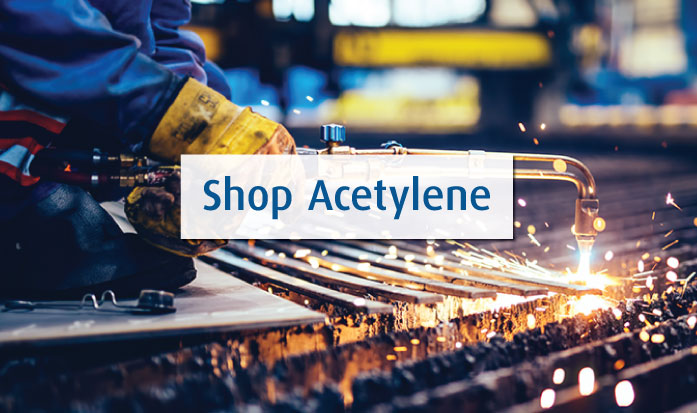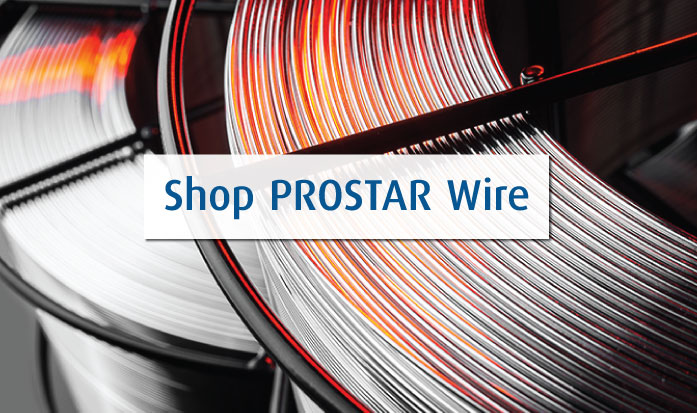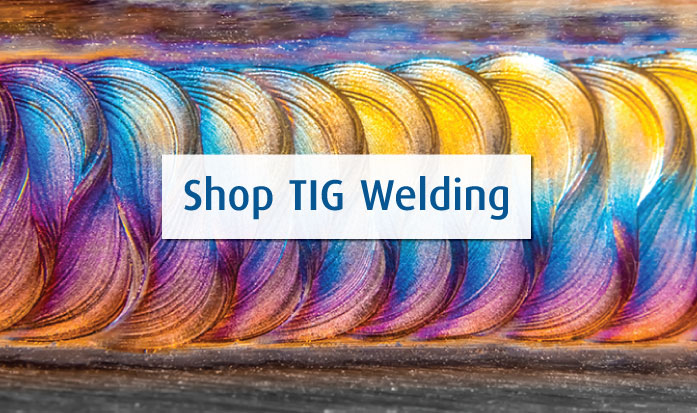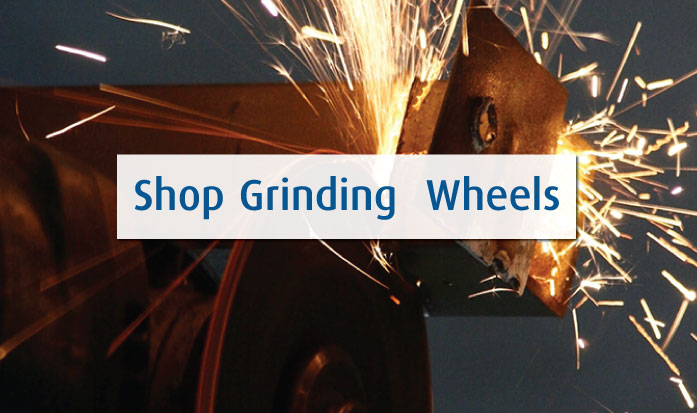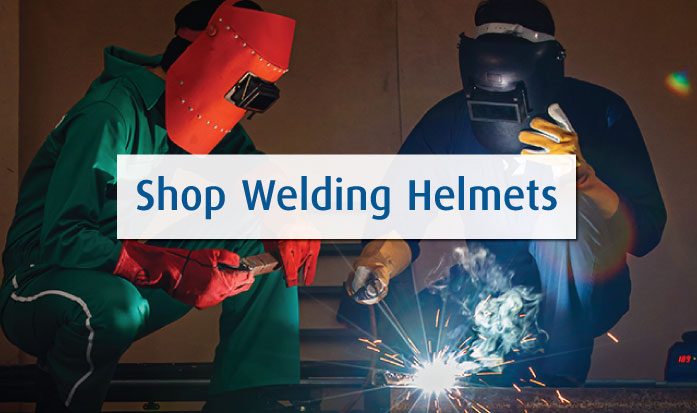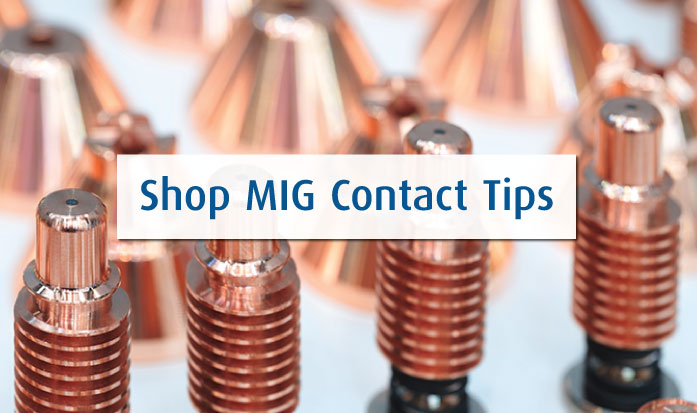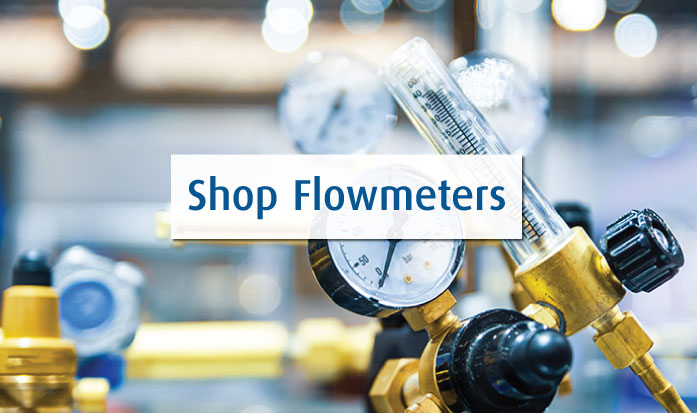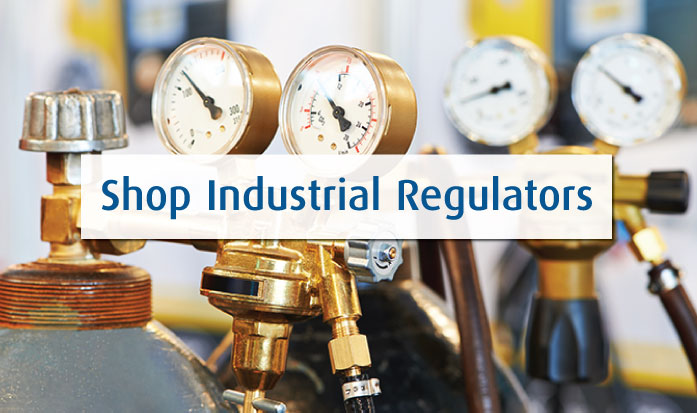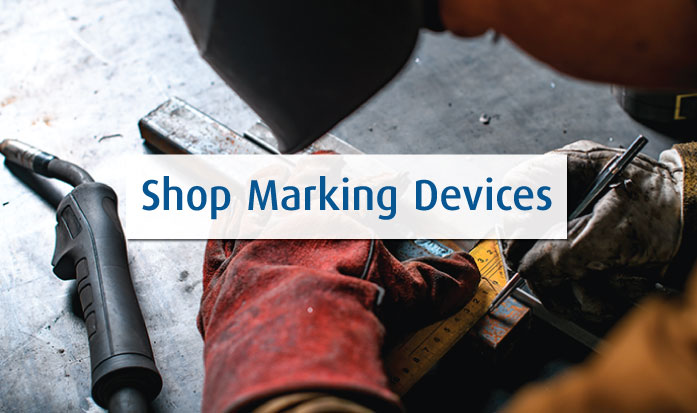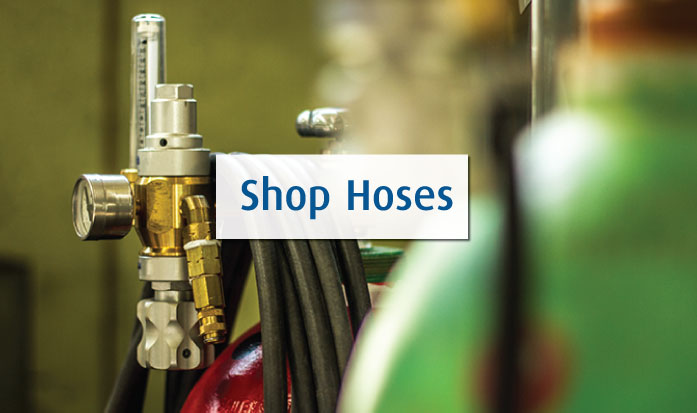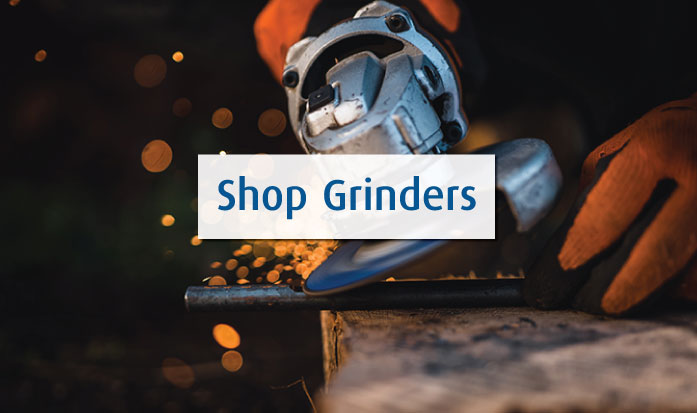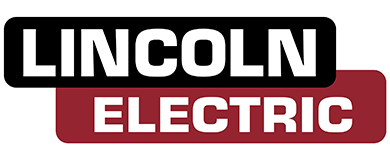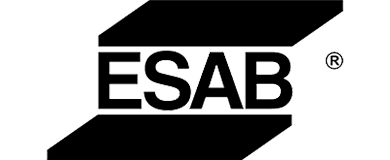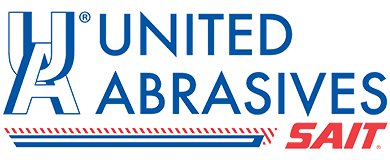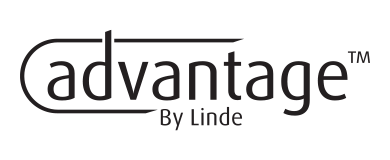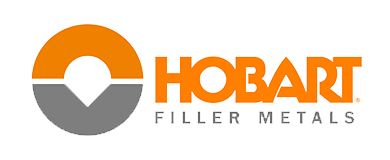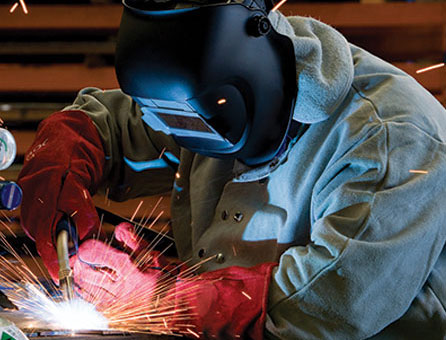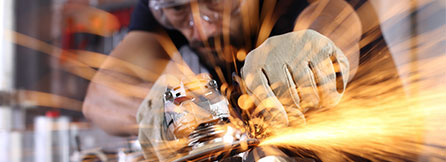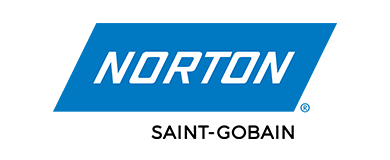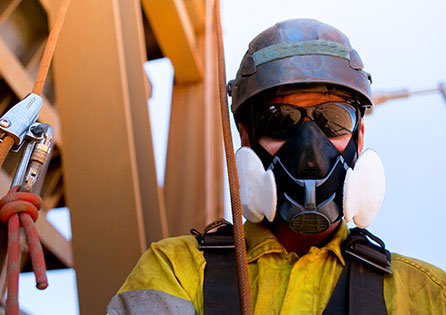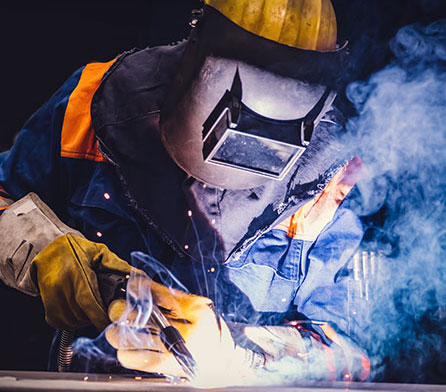Stick Welding Basics: E7018 Welding Rod Uses MOVE TO FAQS
Table of Contents: |
When preparing to stick weld, one of the first and most important steps is deciding which stick electrode to use for the project. The E7018 stick welding electrode, commonly known as a 7018 welding rod, is one choice among many—but why use this type of rod over any other? Let’s start by breaking down what the E7018 name really means.
Cracking The Code
Welding rods are named based on a classification system determined by the American Welding Society. E7018 isn’t an arbitrary code—it contains a wealth of information to help you determine if it’s a good fit for your project. It’s simply a matter of knowing what each part of the code means.
The first part of this code is the letter “E.” This simply stands for the word “electrode.” All coated welding electrodes for mild steel, low alloy steel, stainless steel, and others begin with an “E” designation. This classification can help with inventory searches, as the classification on the packaging offers a quick way to identify the right electrode. The two numbers after the letter, “70,” indicate the minimum tensile strength of a successful weld produced by the welding rod. This is measured in units of kilo pounds per square inch (ksi); 1 ksi = 1,000 pounds per square inch (psi), so an E7018 rod will produce a weld with a tensile strength of 70 ksi, or 70,000 psi. A 60 ksi rod is strong enough for most jobs around the shop, but the higher tensile strength can be advantageous in some jobs.
The third digit in the code reveals the positions in which the electrode can be used, as not all electrodes can be used in every position. The number “1” indicates that the welding rod can be used in all positions: flat, horizontal, vertical up, vertical down, and overhead. The number “2” would indicate the welding rod can only be used in horizontal or flat orientations, and the number “4” would mean the welding electrode can be used in flat, horizontal, overhead, and vertical-down orientations. Because of its usefulness in all positions, if dealing with a fixture that’s in an odd place or your movement options are limited, an E7018 rod can give you an advantage in maneuverability.
The fourth and final digit in the code conveys the type of flux coating on the welding rod. The number “8” indicates that the electrode is coated with a low-hydrogen, iron powder flux. The iron powder helps add to and improve the deposition rate, and the low hydrogen content helps reduce the risk of cracking and enhances the ductility of the final weldment. While not its primary purpose, the final digit of a welding rod’s classification can also tell you which type of current output it is compatible with. In the case of E7018, it is compatible with AC, DCEP, and DCEN outputs, which makes it quite versatile.
Why Use a 7018 Rod?
These features can help you properly assess whether an E7018 rod is a good choice for the task at hand. Compared to 60-series electrodes like E6010, E6011, and E6013, an E7018’s higher tensile strength gives it a greater resistance to cracking. This is further enhanced by the low-hydrogen flux coating. Keep in mind that welded joints are more prone to cracking in high-stress environments or when exposed to extreme or fluctuating temperatures. If you’re worried about load capacity and durability, an E7018 welding rod can be a good choice. However, if strength is less of a concern, you might opt for a 60-class rod like an E6013, a favorite with welders due to its ease of use.
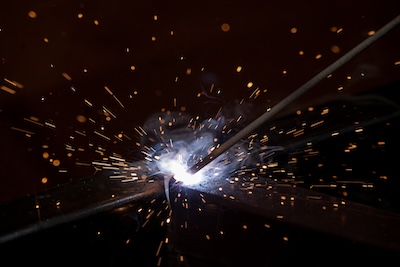
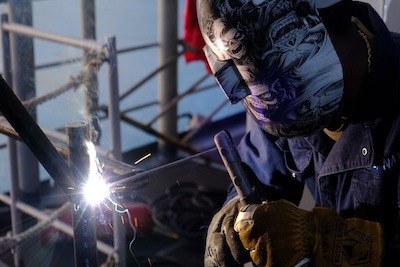
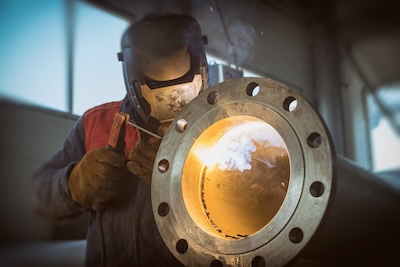
What Materials Can Be Welded With an E7018 Electrode?
7018 Electrode Applications
Their strength, penetration, and ductility make E7018 electrodes a viable choice for many stick welding applications. E7018 is commonly chosen when fabricating power generation equipment, chemical plant structures, buildings, bridges, or pressure vessels. In addition, E7018 creates joints that are well suited to withstanding environmental challenges including extreme temperatures, which makes this electrode a feasible choice for welding items intended for underwater use, such as oilfield equipment used in cold seas.
Given the varied applications that specifically call for the use of E7018 electrodes, they’re a great choice for many projects. They are easy to run and can provide strong welds, typically beyond the required tensile strength of any home or farm project.
A Note on E7018 Welding Rod Storage
Due to the composition of the flux used on E7018 welding rods, these electrodes are prone to absorbing excess moisture from the air. This can negatively impact the electrode’s performance, resulting in excess spatter and arc instability. For this reason, it is important to store your electrodes properly to preserve their integrity. E7018 electrodes should be stored in a dedicated stick welding rod oven at a temperature of 250°F once the hermetically sealed can or container has been opened.
NOTE
The information provided here is just an overview offered for the convenience of the reader and not
a substitute for education, training, and development of the skills needed to use a stick welding machine
safely and effectively.
